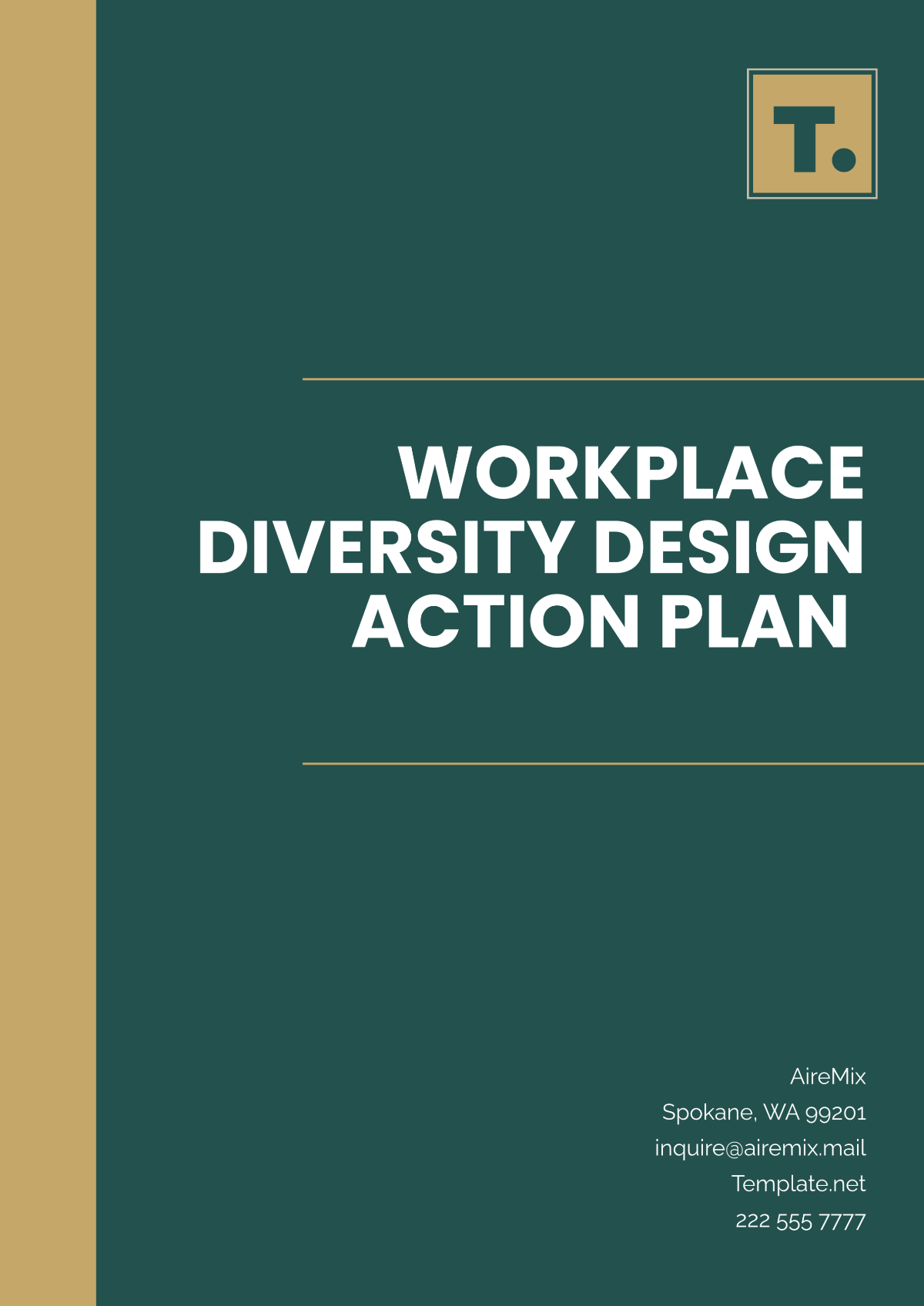Free Technology Brand Action Plan Design
Create impactful strategies with Template.net's Technology Brand Action Plan Design Template! Fully editable and customizable, this professionally crafted template ensures precision and clarity for your branding goals. Effortlessly refine details using our AI Editor Tool, making your action plans seamless and tailored to your needs. Start elevating your technology brand today with this user-friendly Template!






























